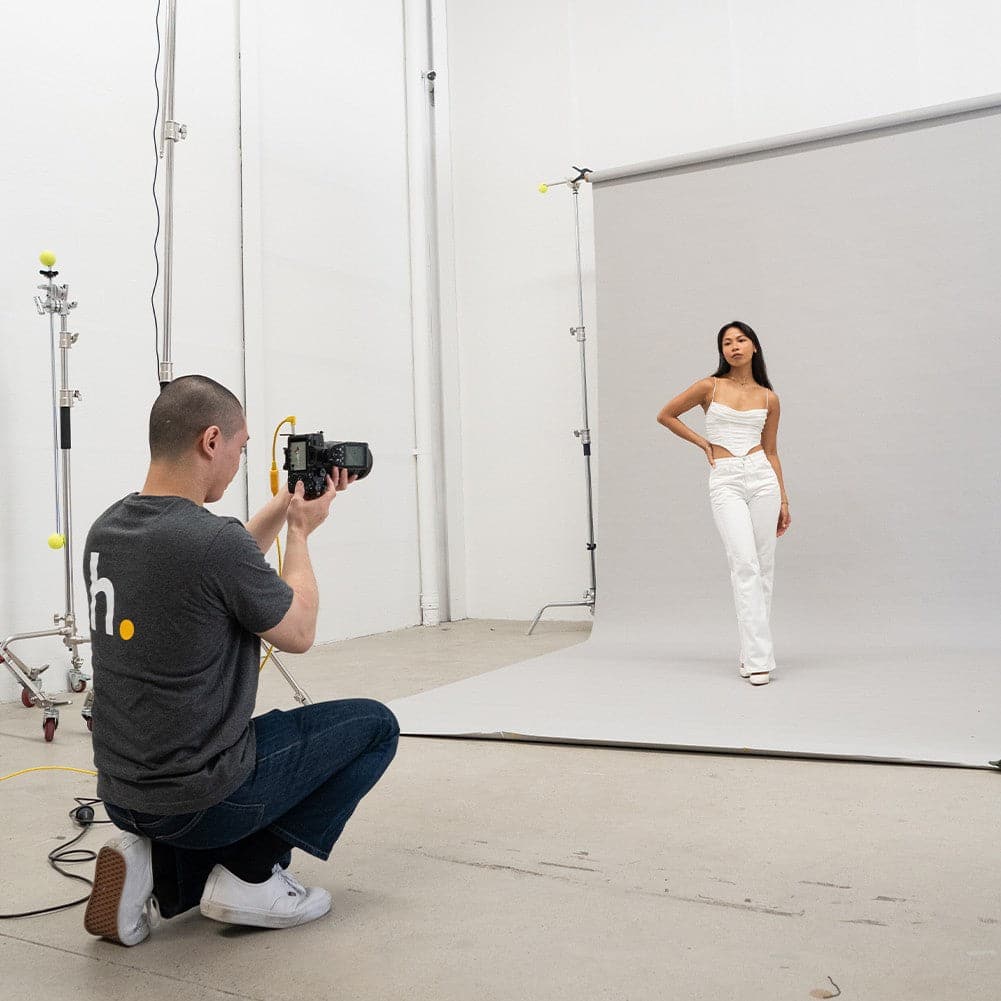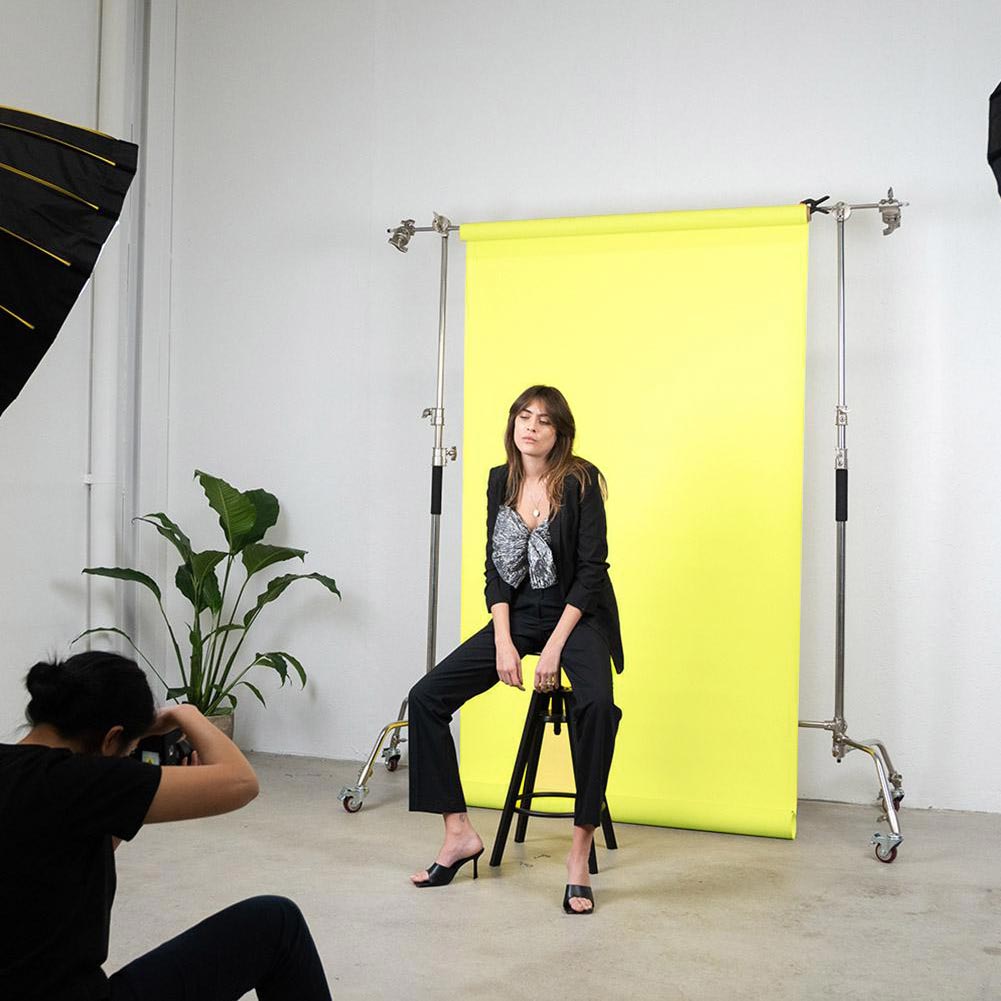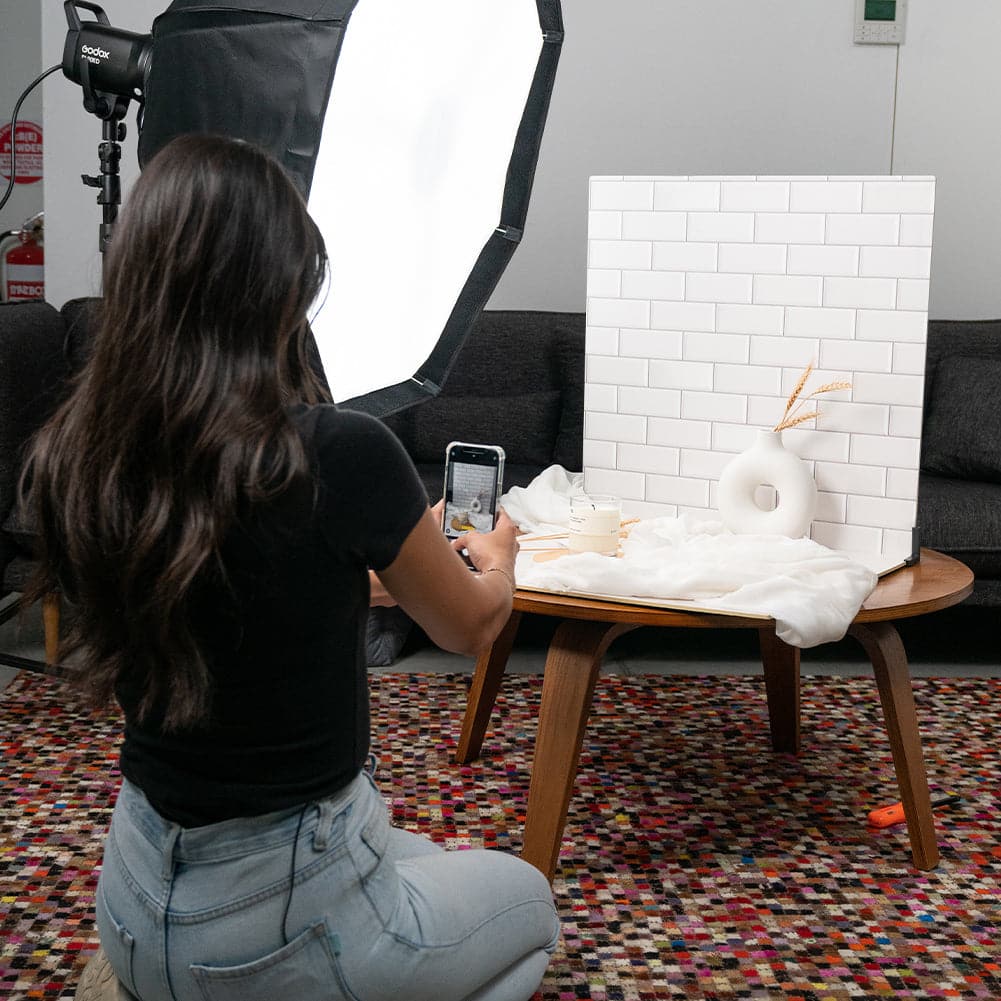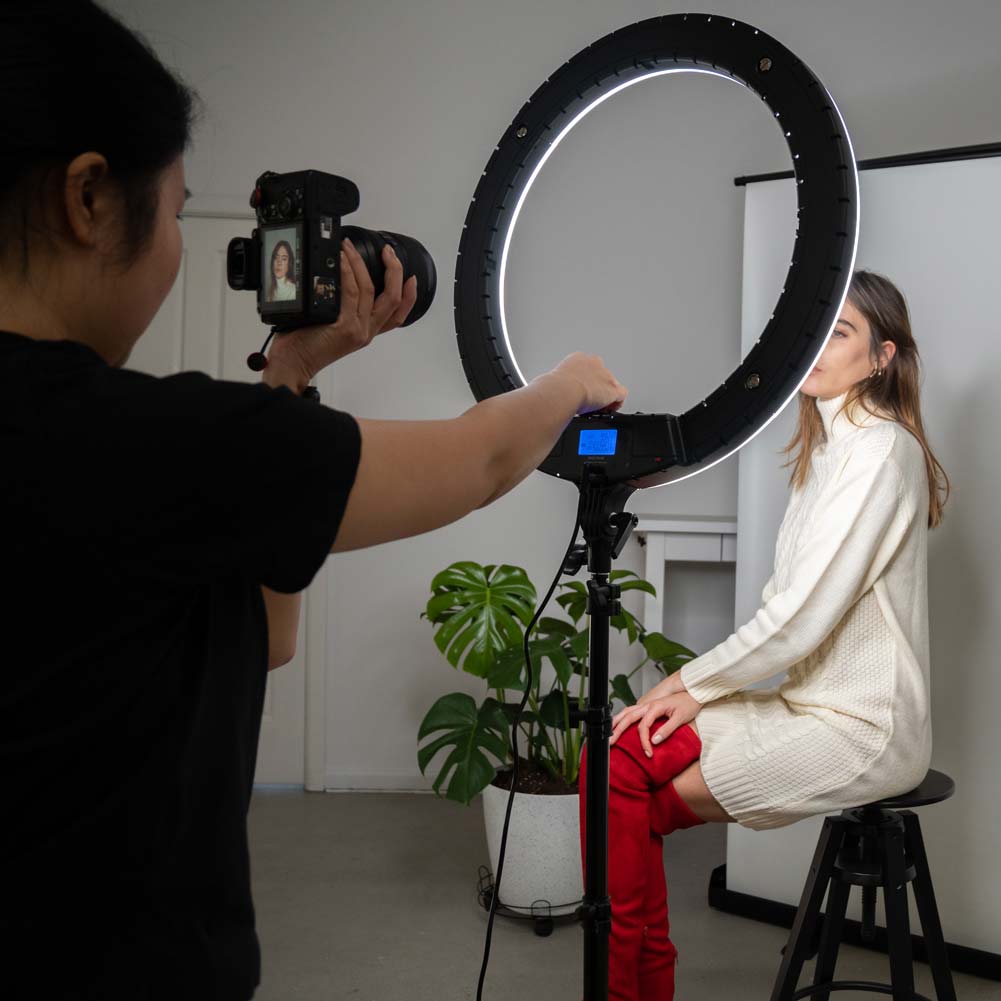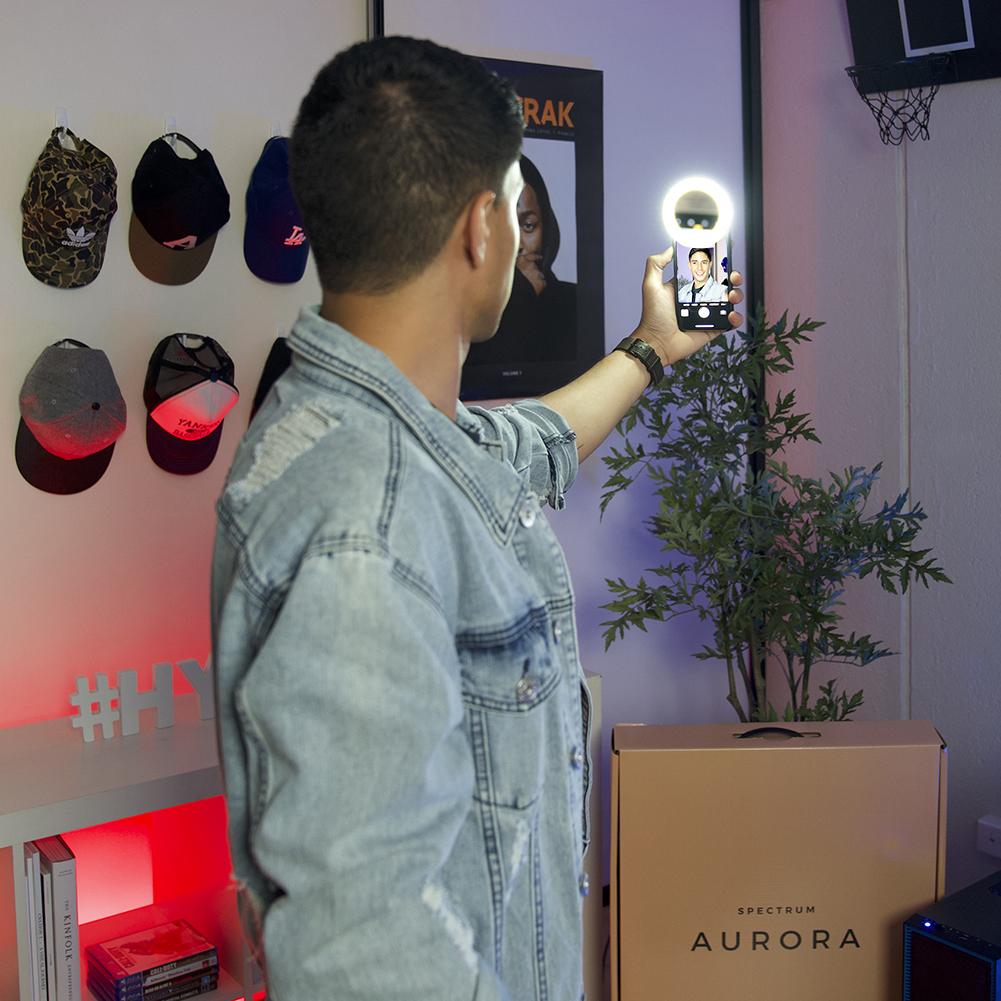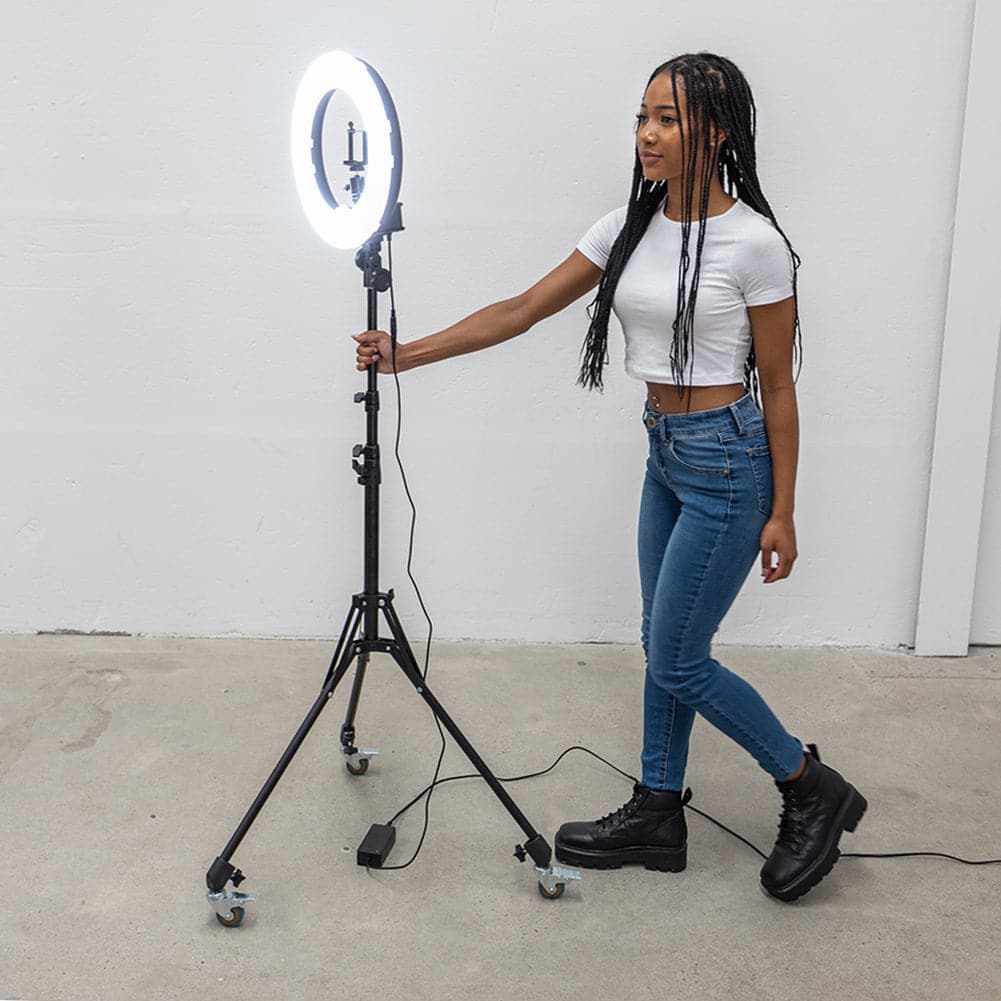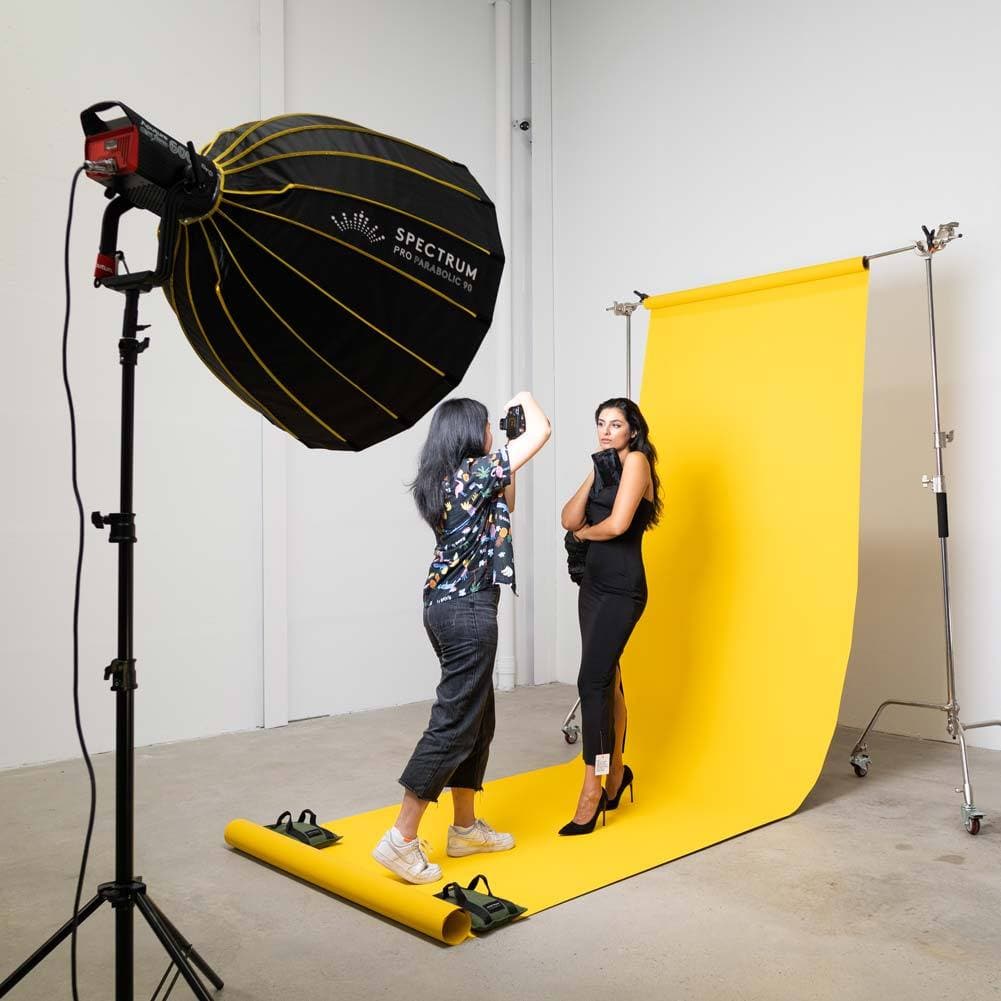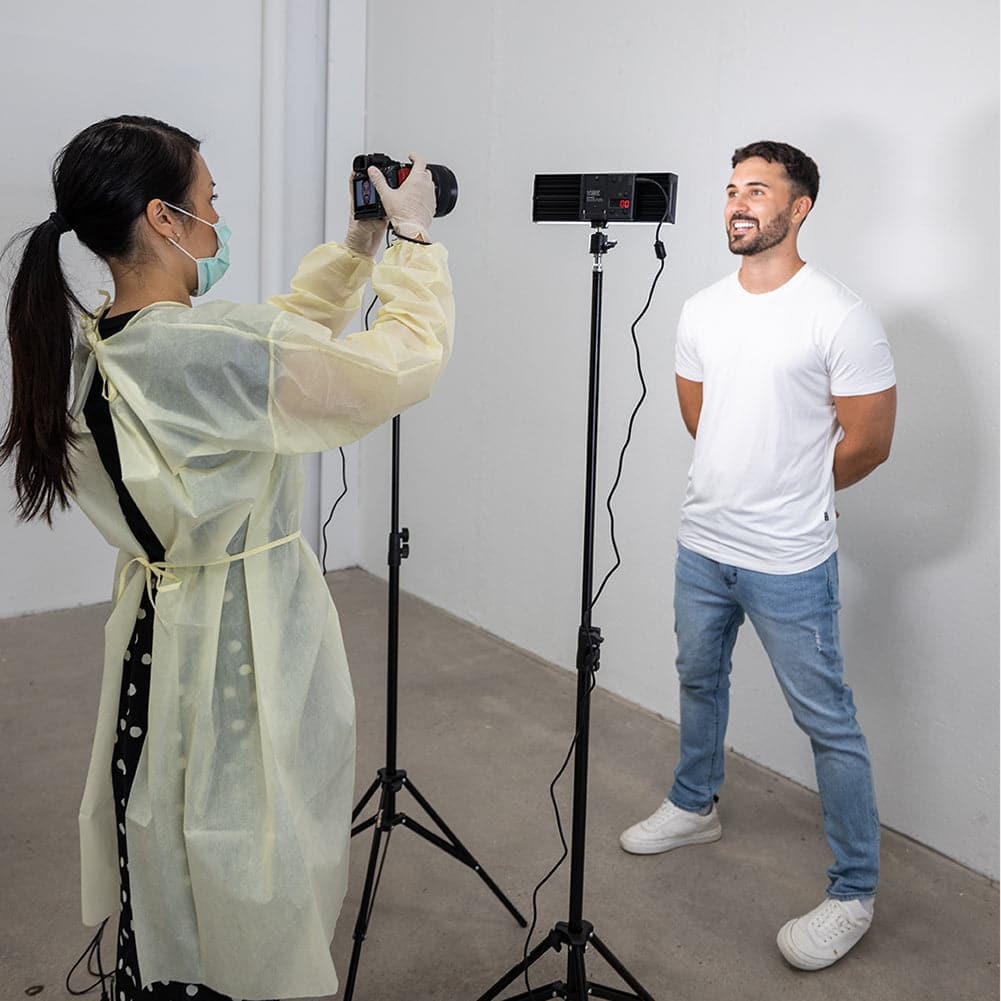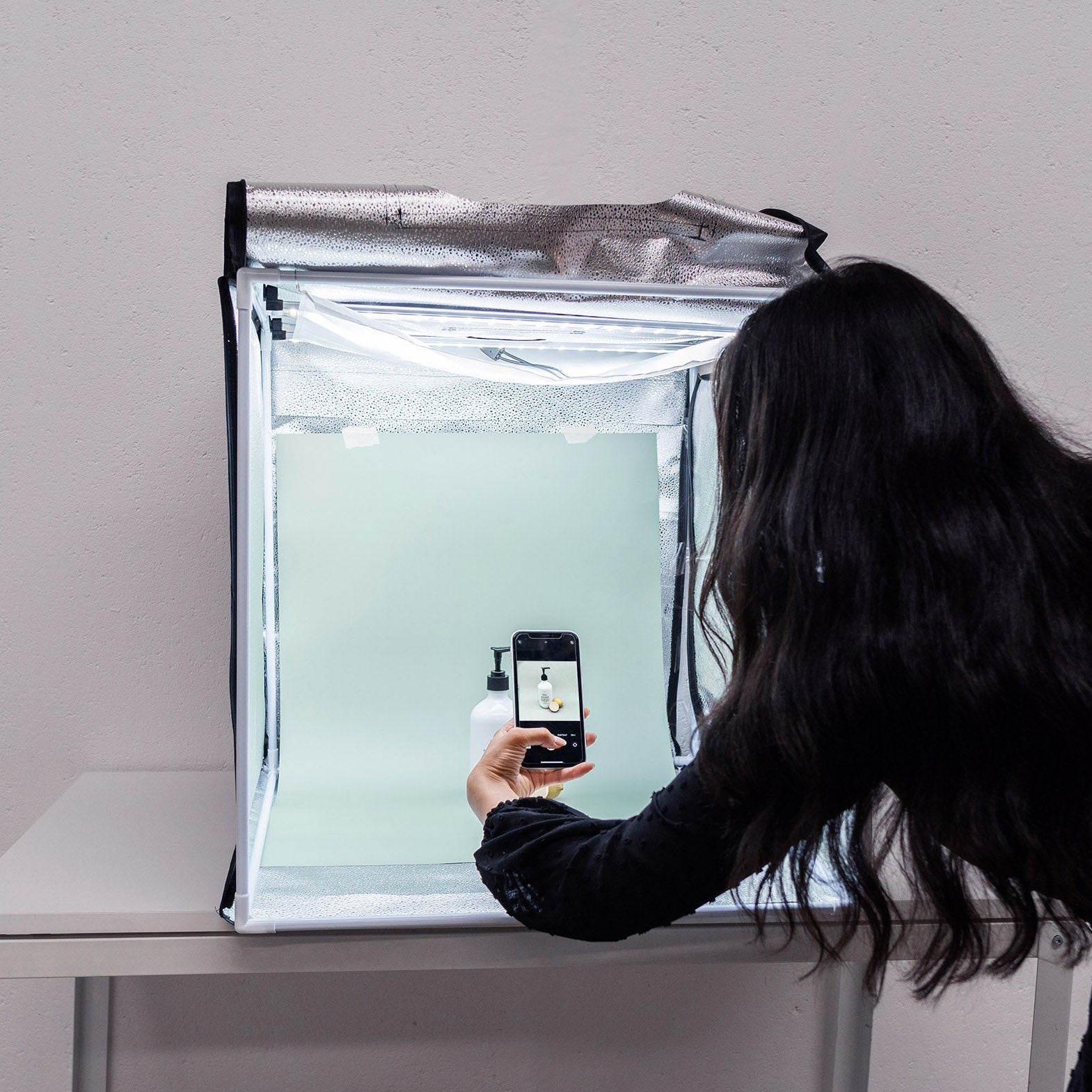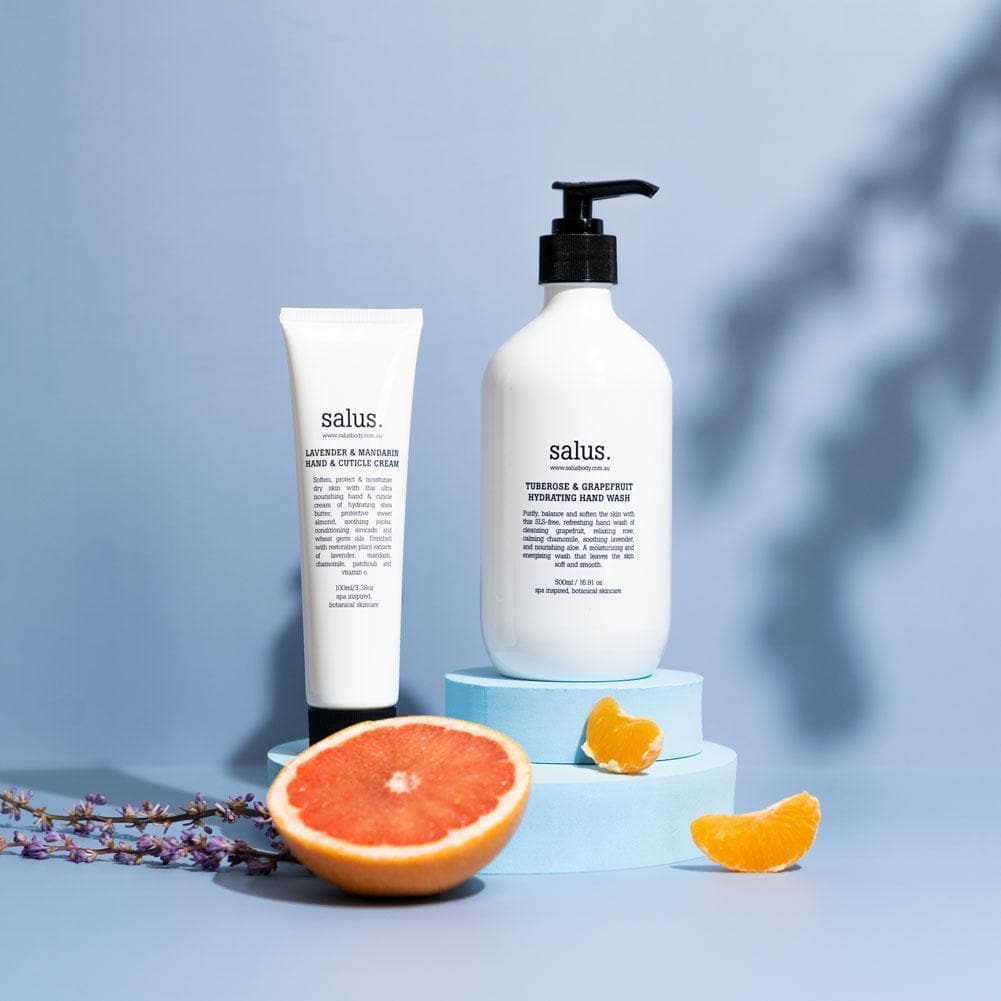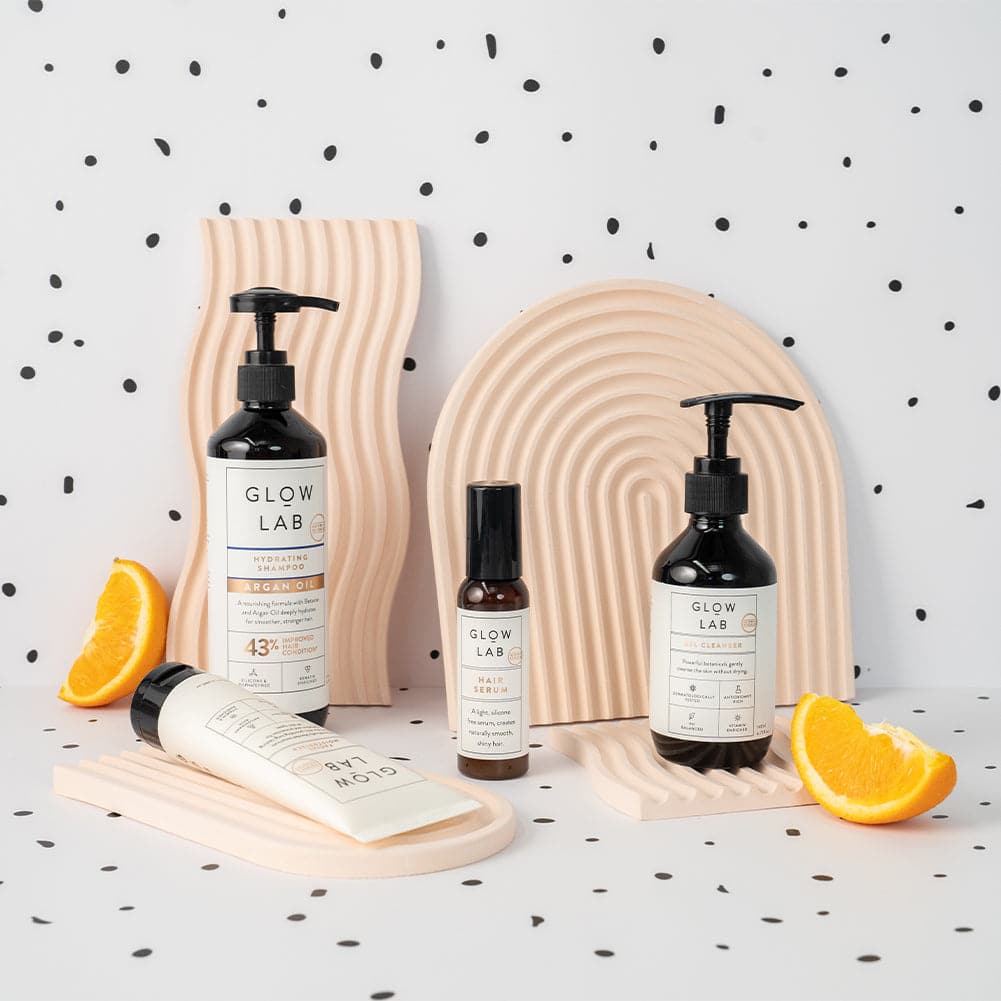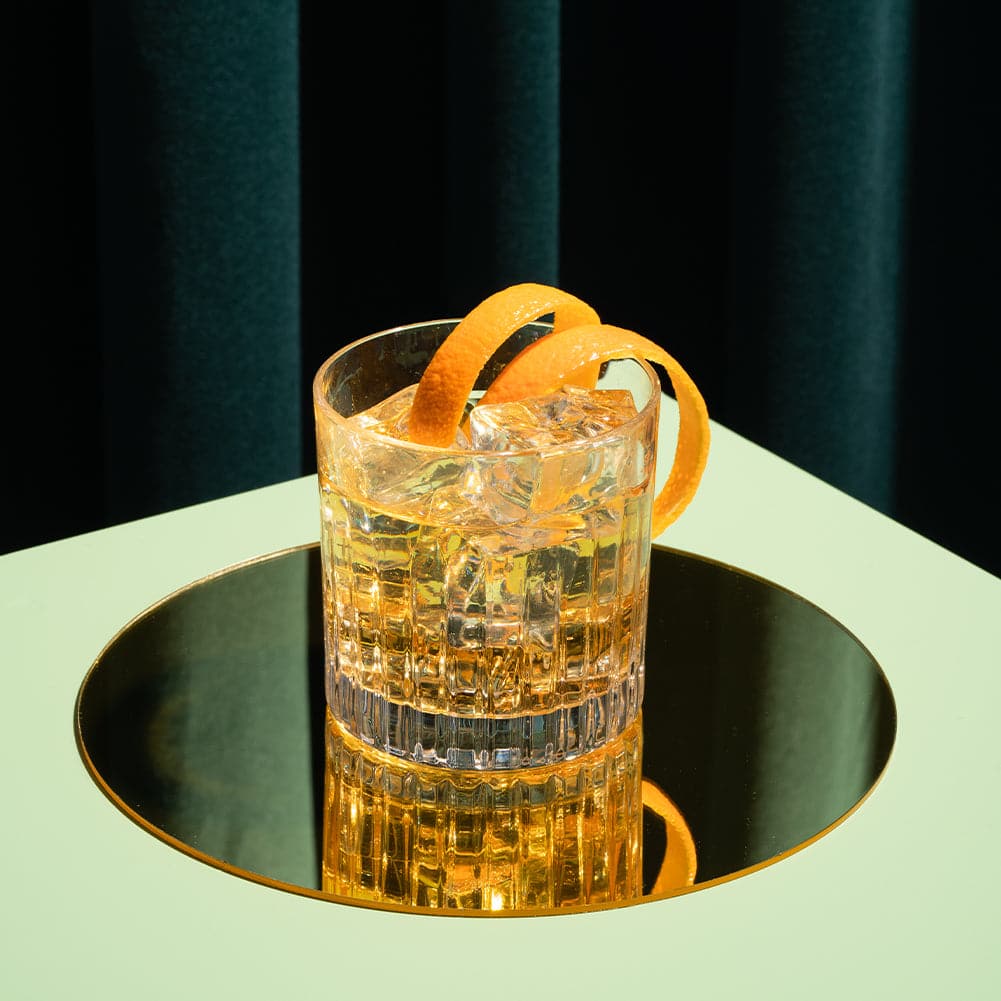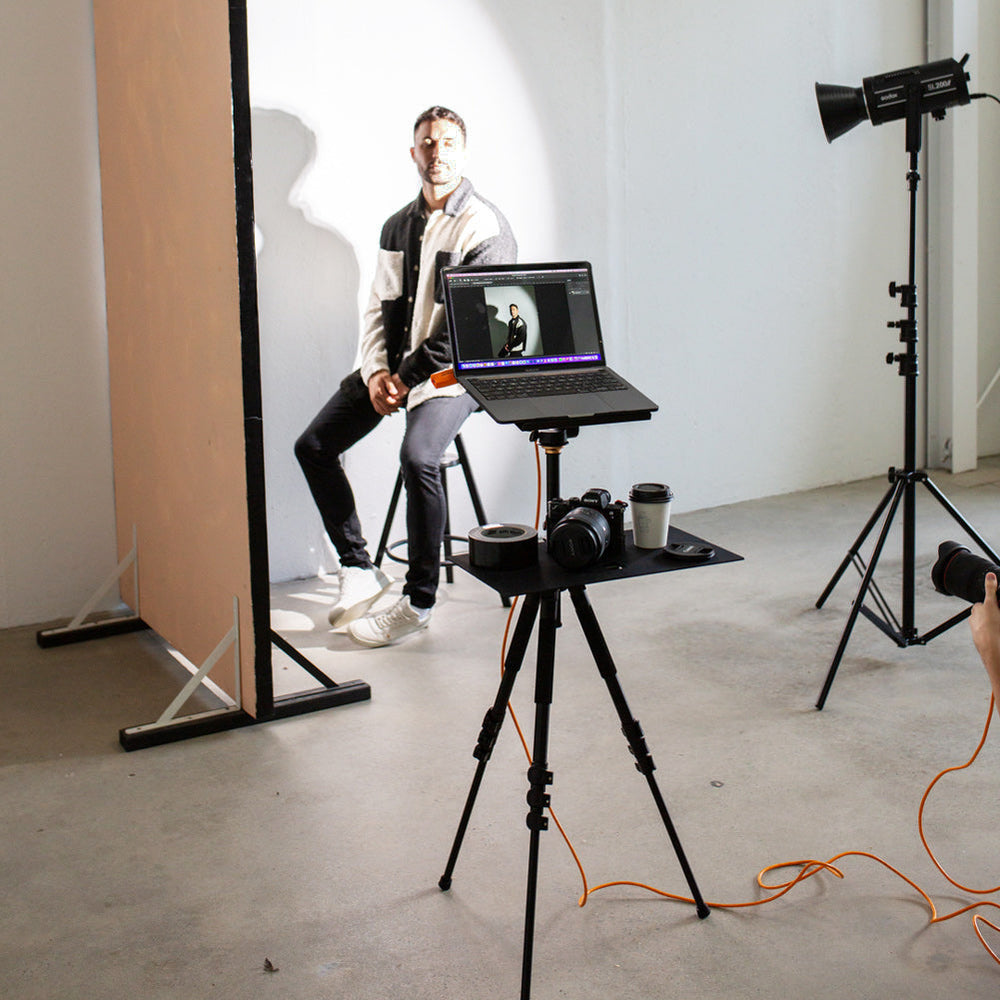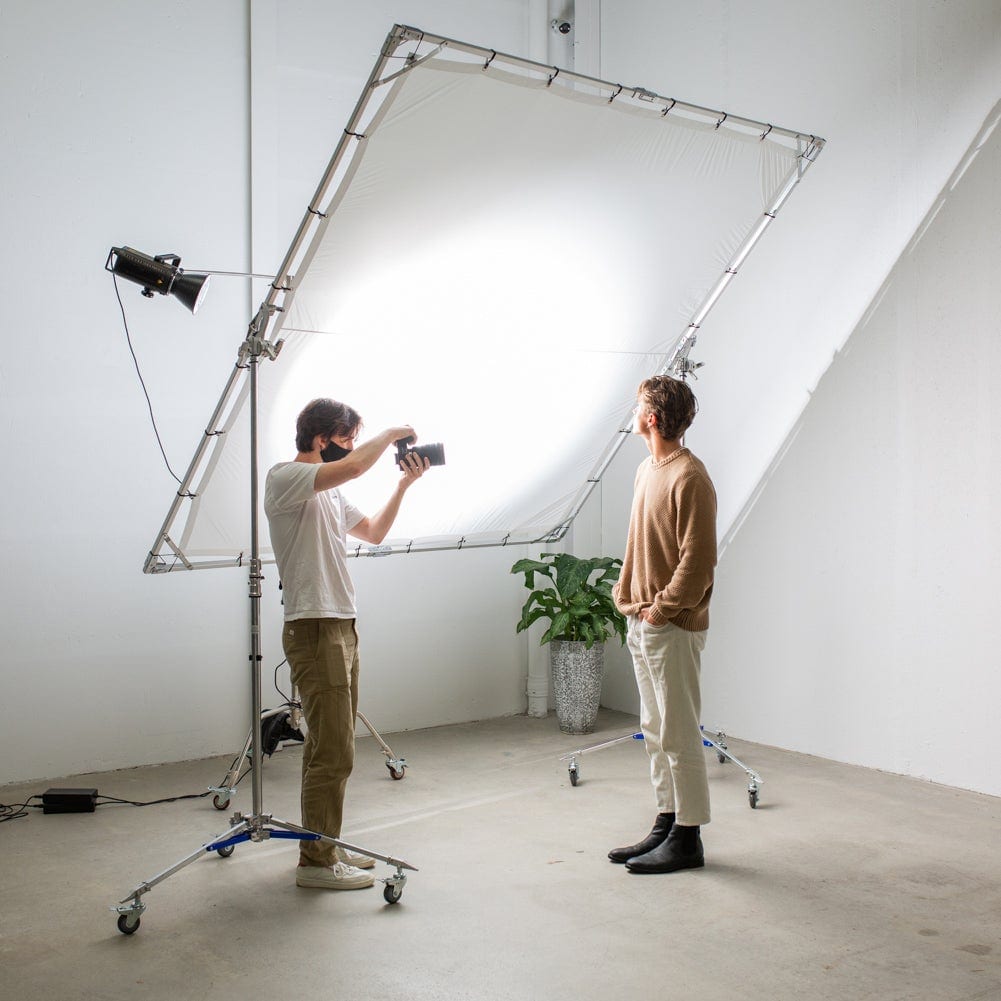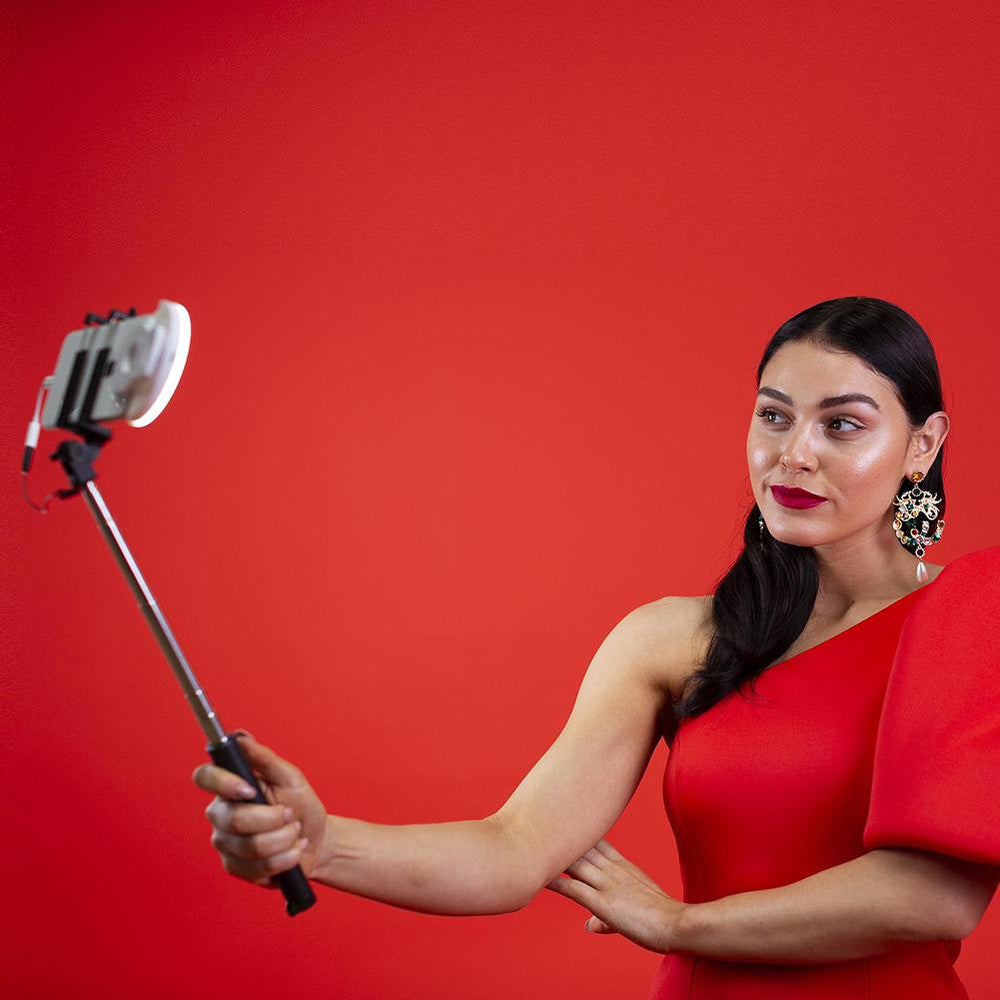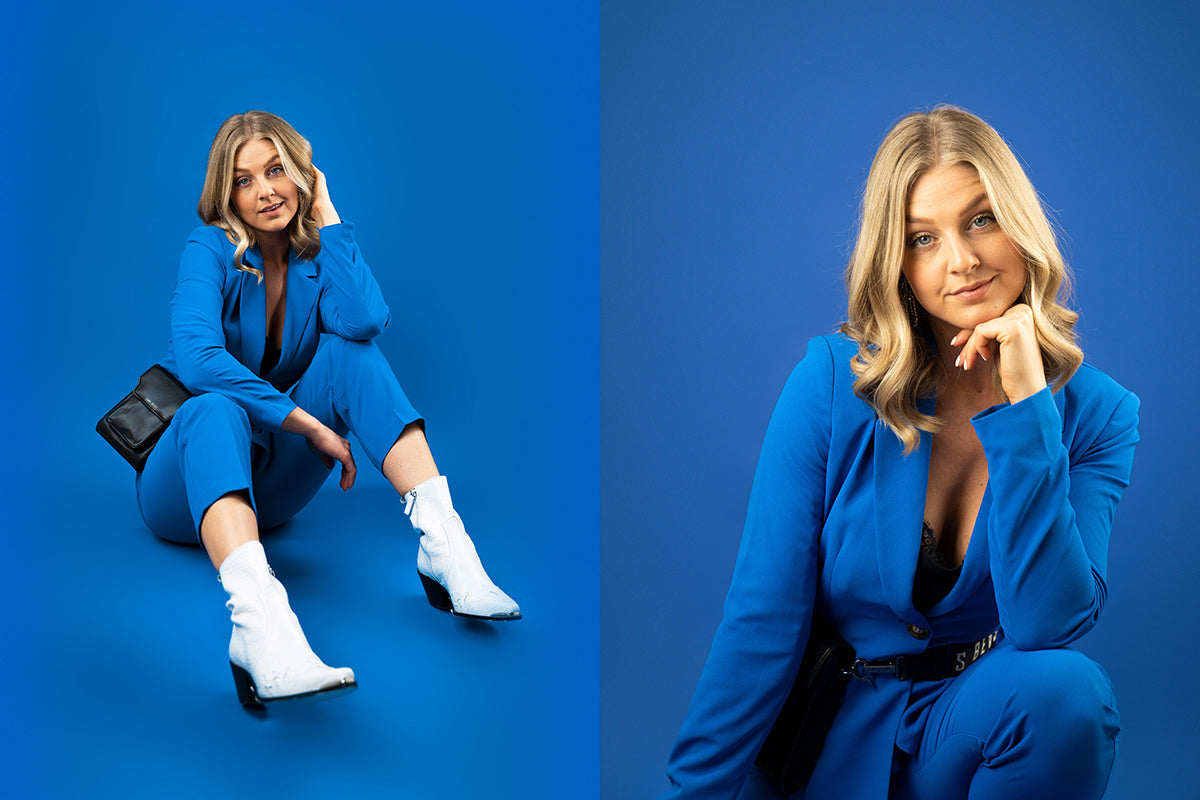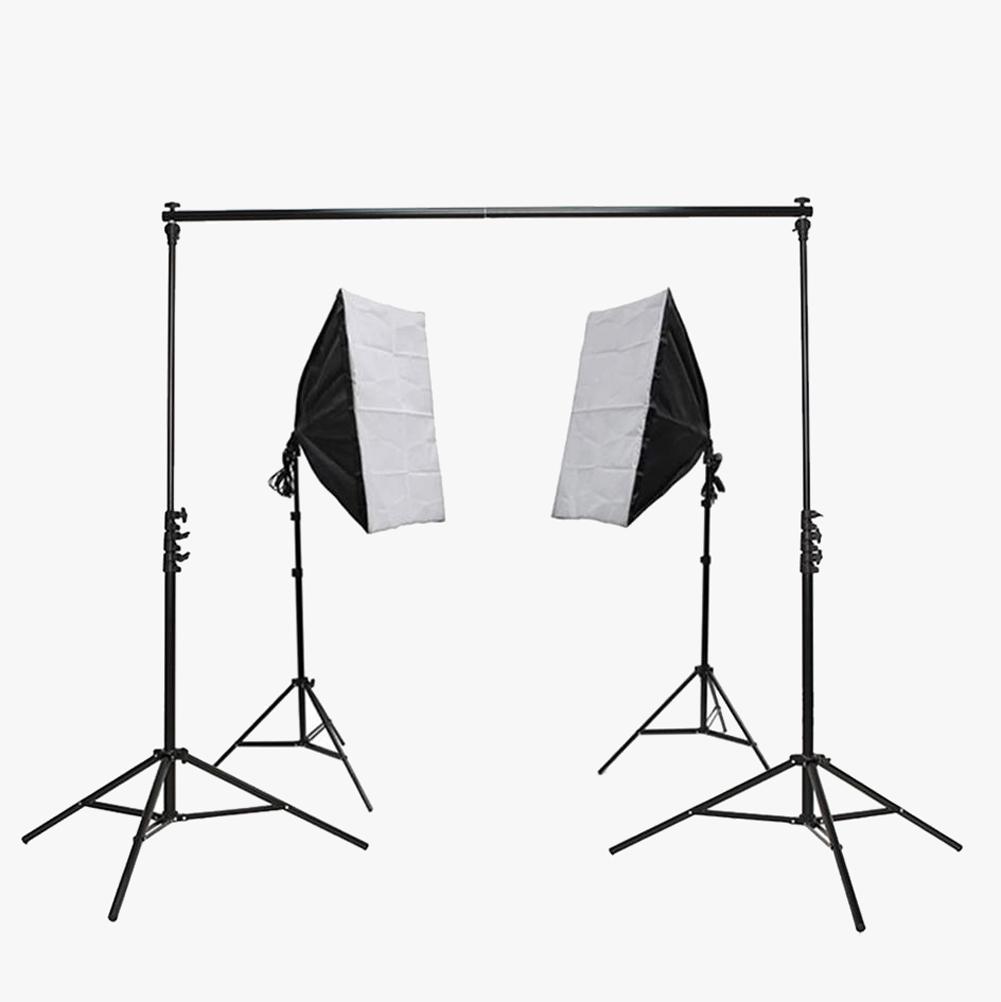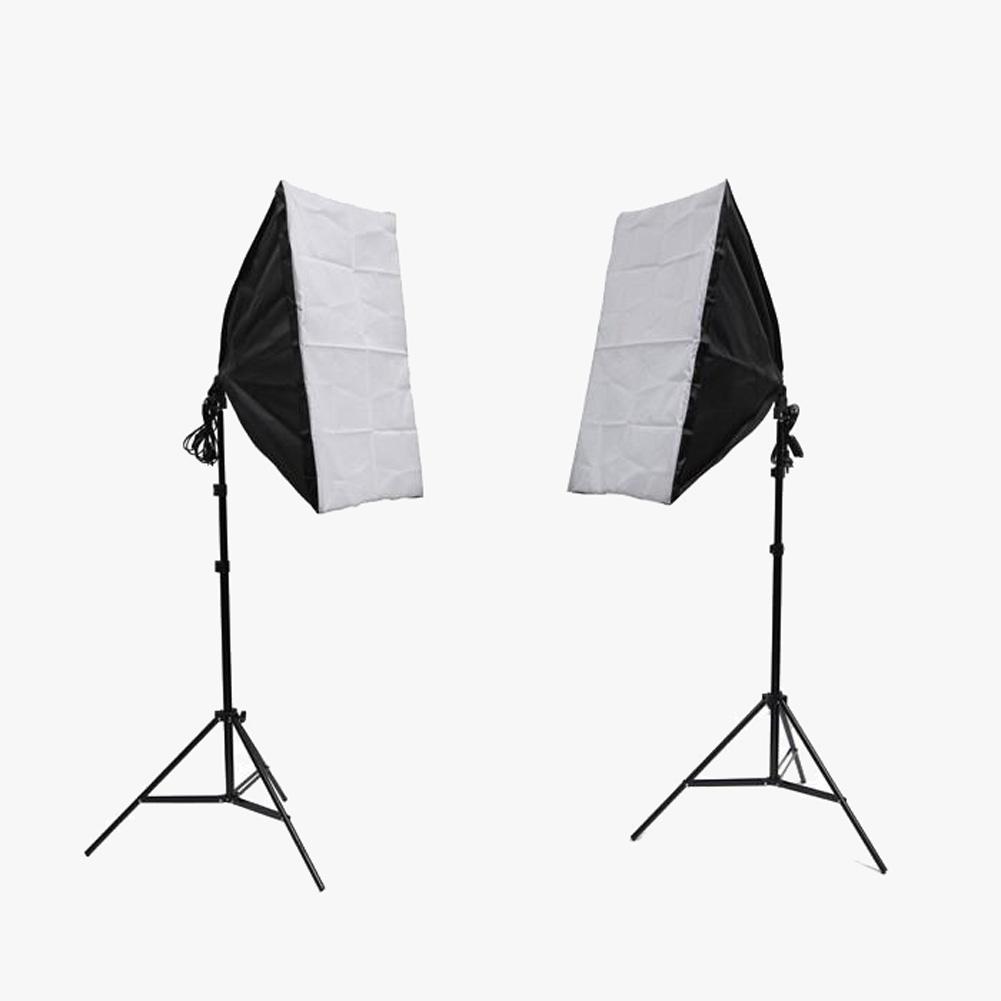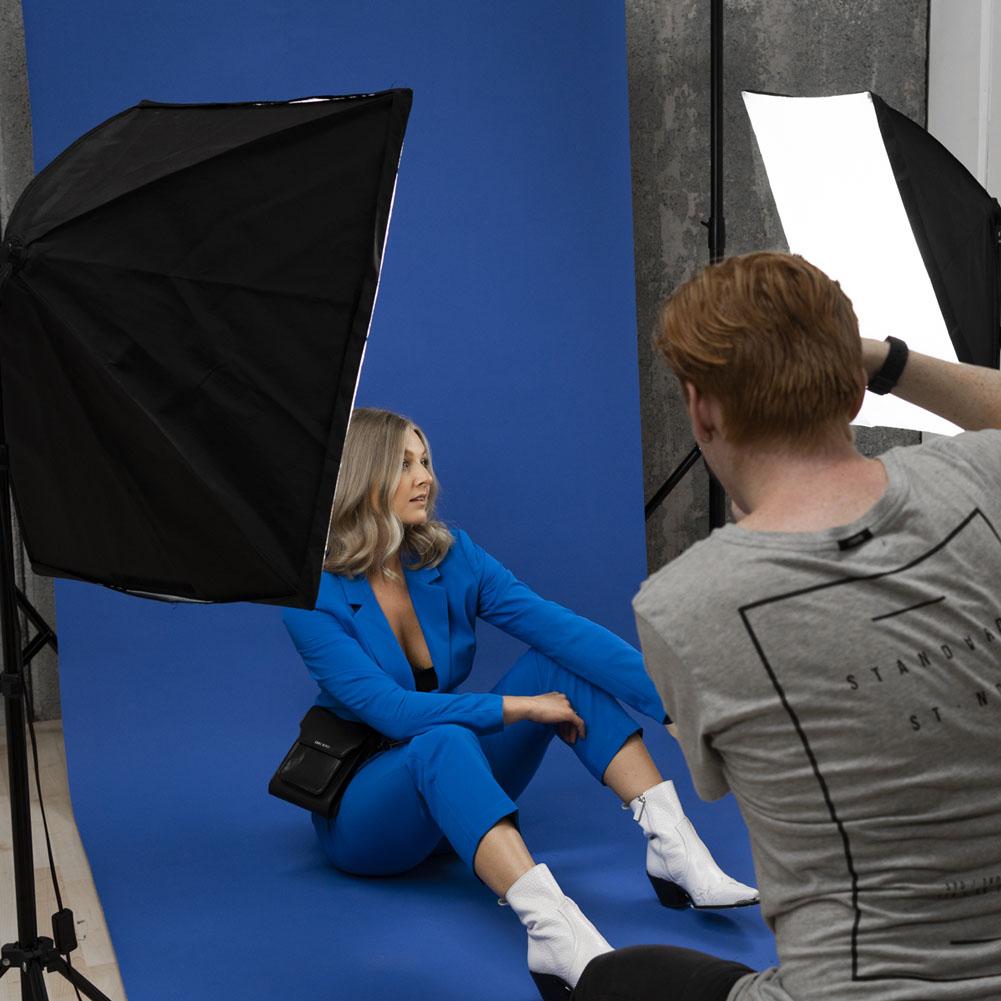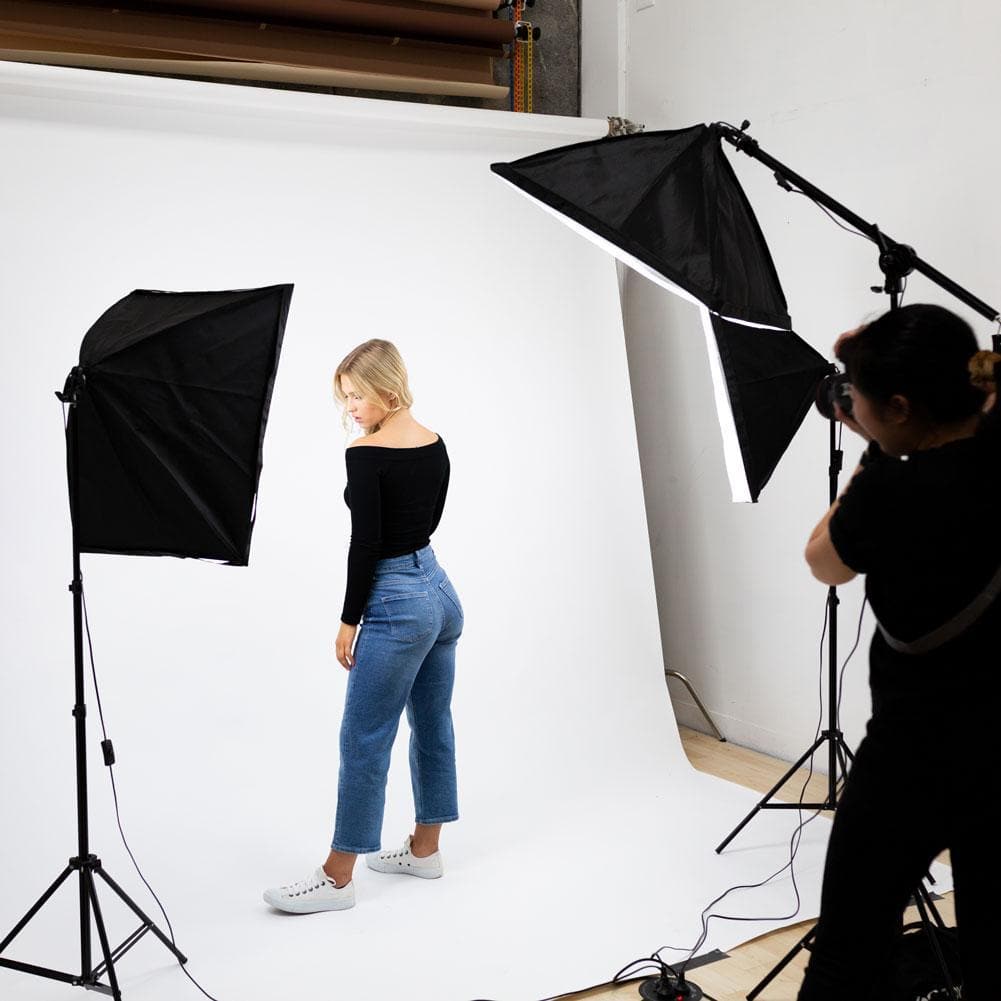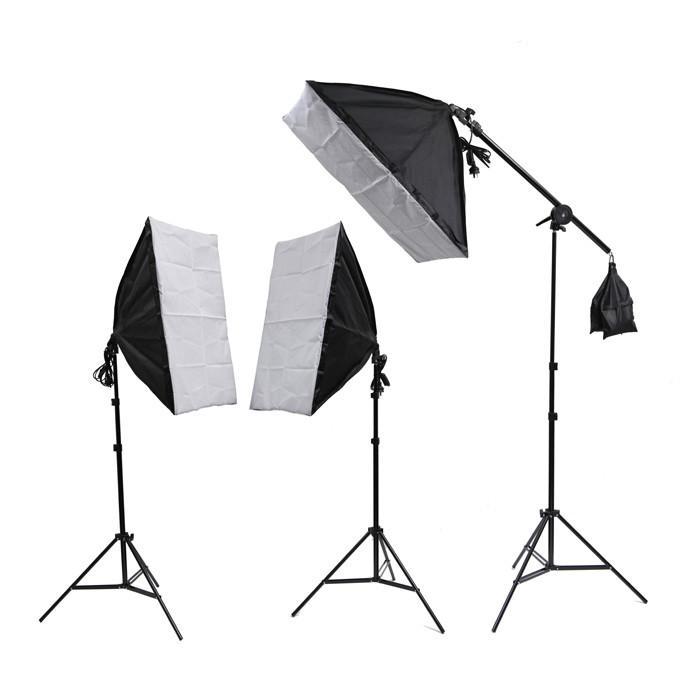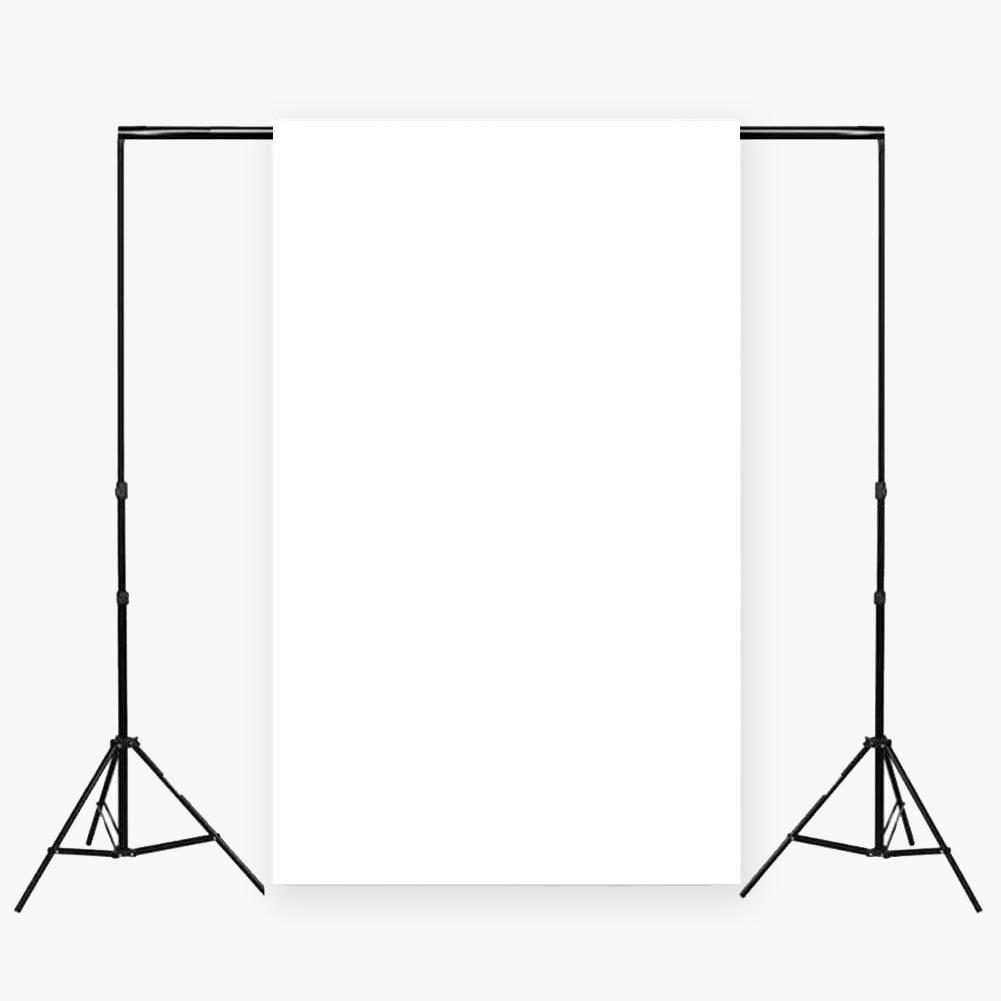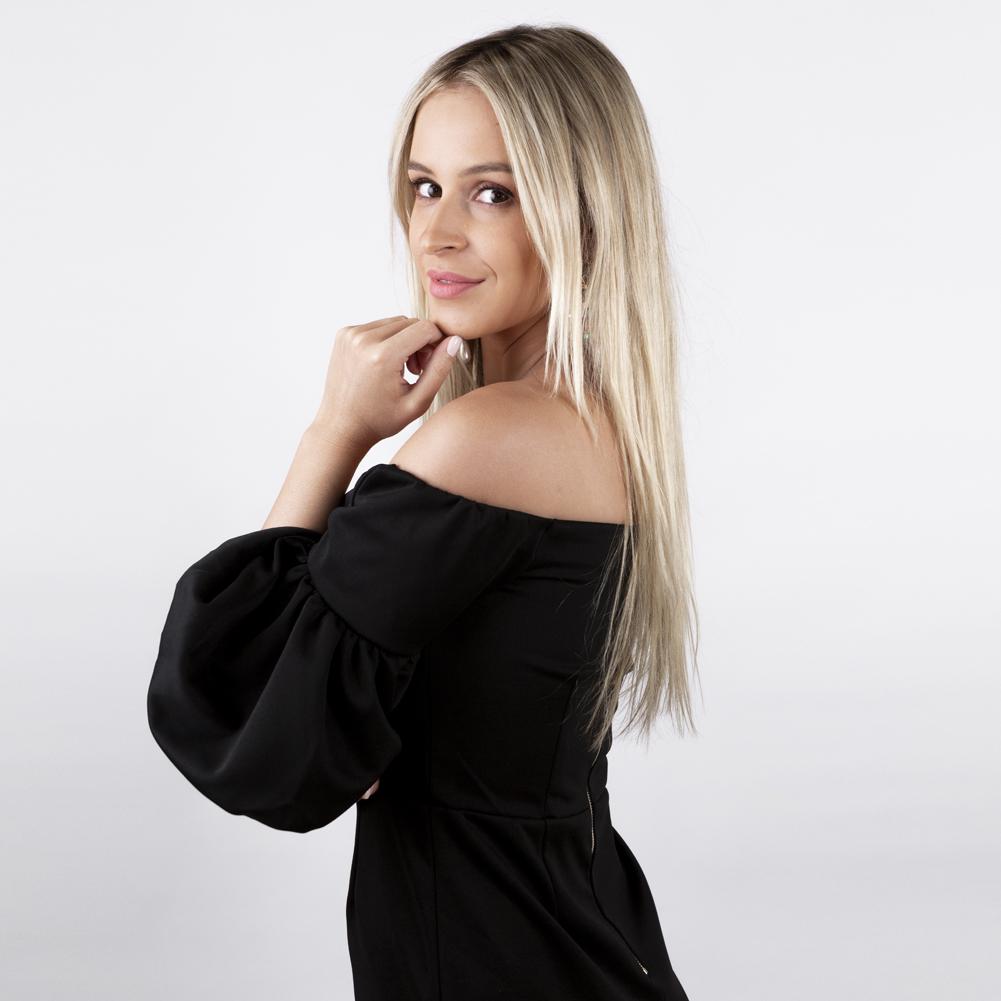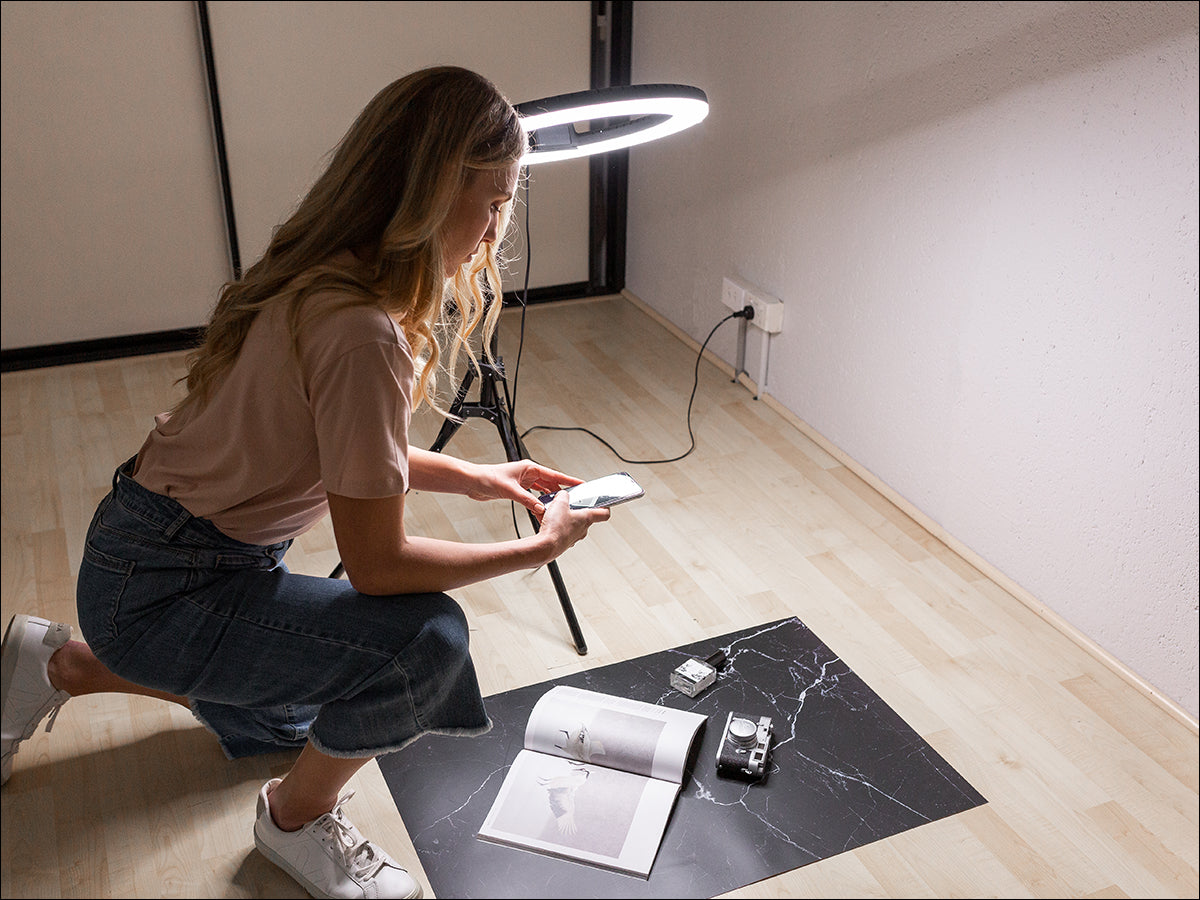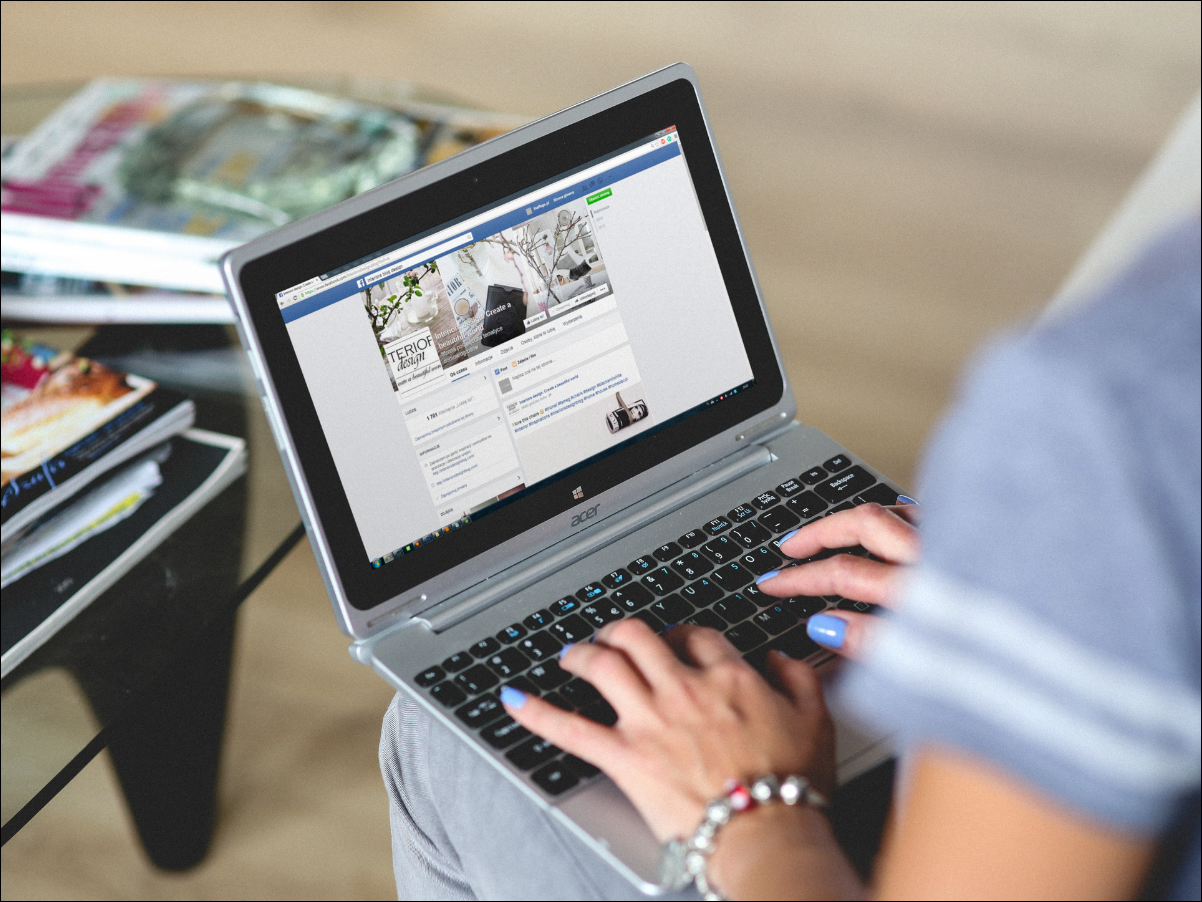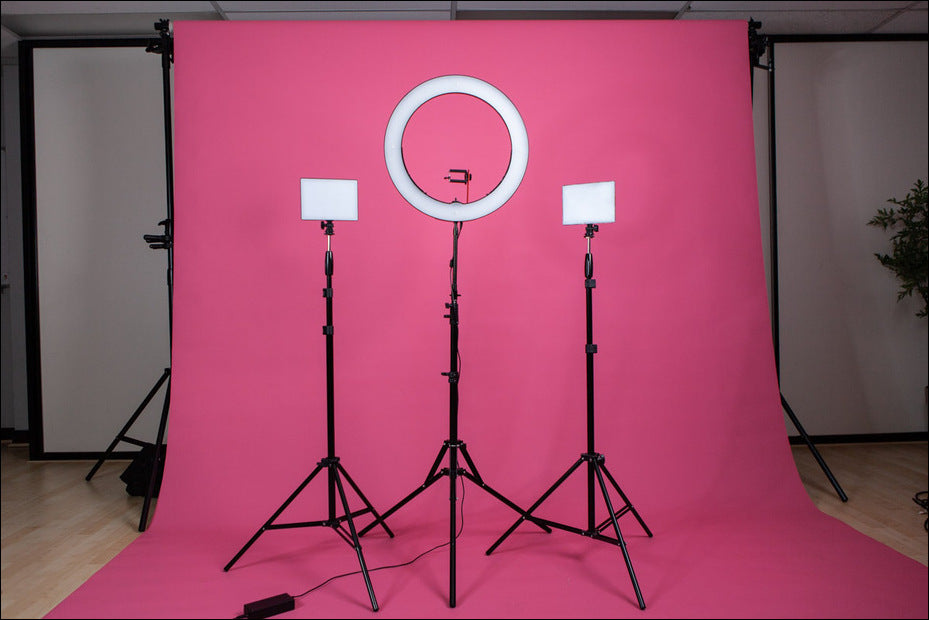Fashion e-commerce is growing in popularity. Everyone with an online business must provide professional images for their website visitors, or potential buyers will spend their money elsewhere. But it’s not necessary to hire a photographer to capture great shots of clothing; by following these tips, anyone can become an expert.

Importance of Fashion Photography in E-Commerce
Fashion is a visual medium, and clothes sold online must be seen in their best light. Offering sharp and detailed images of products gives buyers confidence in a purchase. With good photography lighting techniques and appropriate backgrounds, the items will look more appealing and stylish. High-quality images make an excellent first impression on customers, add credibility, and help to increase sales.

Types of E-Commerce Fashion Photography
Ghost Mannequin
A ghost mannequin, also known as an invisible mannequin, is a type of fashion photo where the mannequin is digitally removed from the image, leaving behind a lifelike representation of the garment it was wearing. Compared to a folded piece of clothing, this body-shaped representation of the garment allows customers to imagine how the clothing will look on them. Using a mannequin is a budget-friendly option for a new business because there is no need to hire a model.
Flat Lay
Flat lay fashion images show clothes and accessories from above. It’s one of the easiest ways to photograph products. The most appropriate fashion items for flat lay photography are those that can be easily styled. Items like jewellery, scarves, bags, socks, shoes, trousers and shirts are perfect for flat lay photography. Choose items that are complementary in colour and style so they catch the eye of customers. Add props to provide interest and depth.
360
360-degree fashion photography is more dynamic than traditional 2D photography. Viewing products from all angles gives the customer more information about each item. 360-degree shots also allow buyers to see the product’s texture, fabric, pattern and cut on all sides. 360-degree turntables can be used to photograph or film models and accessories in a unique manner.

Model
The best way to display fashion garments is to have a model wearing the outfits. Photographers who are just beginning to work in this industry could ask a friend or family member to wear the clothing in front of the camera, but models are trained to pose in various ways. This can free up the photographer to focus on lighting techniques and composition rather than constantly demonstrating how the person in front of the camera should stand.

Choosing the Right Equipment for Fashion Photography
Camera
Professional photographers use a DSLR or mirrorless camera for fashion shoots. With their precision lenses and large sensors, these cameras produce high-resolution images suitable for printed publications. DSLR and mirrorless cameras also have fast and accurate autofocus systems for capturing subjects as they move while posing. These cameras have interchangeable lenses, which offer more creative scope in fashion photography. Keep in mind that wide-angle lenses can affect the perspective of an image. Short focal lengths such as 18mm or 35mm will distort the outfit and make the model look much bigger than they are. Focal lengths from 50mm to 100mm are better for capturing the correct dimensions of the product.
Backdrops
A quick way to improve the quality of fashion photos is to have a studio backdrop. Using paper rolls adds the option of background colours for creating a specific look. For example, a white backdrop is minimalistic, vibrant colours bring artistic flair and fun, and a black backdrop is dramatic. A studio backdrop ensures that photos have a consistent and professional look in an advertising campaign.
Tripod
Another method for gaining consistency in fashion shots is to attach the camera to a tripod. With the camera in a fixed position, the angle of the images remains constant. The tripod also provides stability for the camera, enabling sharp photos when using slower shutter speeds. Tripods are available at prices to suit all budgets but buy a sturdy one that extends to eye level.

Preparing Your Model and Clothing for the Photo Shoot
Model
Contact the model in advance to inform them of the concept for the shoot. This will help the model prepare their hair and makeup. Make sure the model has an opportunity to try on the garments in advance to check if the clothing is too tight or too loose. Tuck in tags and labels to avoid extra editing time during post-production. If the budget is available, provide a hair and makeup artist. And remember to be positive and encouraging during the shoot. Building the model’s confidence will help them give their best performance.
Clothing
Thoroughly check the clothing before the day of the shoot. Make sure it is all wrinkle-free, and use a lint roller to remove specks of dust. If the session involves flat lay photography, fold the sleeves neatly. Choose garments that complement each other, create a cohesive look, and accessorise the clothing to add interest to the photos.

Setting Up Your Studio for Fashion Photography
First, set up a paper roll or fabric backdrop to shoot against, then place the camera on a tripod and position the lights around where the subject will stand. Whenever possible, use strobes or flashes to maintain the consistency of shots. A studio requires at least one artificial light head, a softbox, a transmitter and a receiver.

The Importance of Lighting in Fashion Photography
Using artificial lights in a fashion shoot helps the photographer keep a standard level of illumination on the subject. Natural light can generate beautiful portraits, but in a fashion shoot for e-commerce, all the images must be lit the same way. Speedlights and strobes highlight the clothing and the model’s features. Gels can be added to artificial lights to produce different moods and atmospheres.
Choosing the Right Lighting Equipment for E-Commerce Fashion Photography
The right lighting equipment shows the clothing details and keeps the colours accurate. Soft light is generally preferred for e-commerce photography, as it is more flattering and natural. Soft light reduces the possibility of harsh shadows, so invest in softboxes or umbrellas to diffuse the light from flashes or strobes. Choose lights that are powerful enough to illuminate the products evenly. Continuous lights are another helpful option. They are less powerful than strobes, but they are more versatile. They are also essential for indoor fashion videography.

1-Point Lighting Setup
Budget-conscious photographers can do fashion photography with a single light source. Place one strobe or flash in a softbox or umbrella at a 45-degree angle to the product. Position it close to the subject to keep the light soft and even. Ensure enough space between the subject and the backdrop so shadows don’t form in the background. With the light source set at approximately half its available output and the camera’s ISO at 200, an aperture of about f/11 will produce the correct exposure.

2-Point Lighting Setup
A two-light setup provides the subject with even lighting and helps to avoid darkened areas on the garment. The two lights are typically positioned on either side of the camera. The main light is often slightly higher than the fill light. The main light is responsible for creating the overall shape and form of the subject, while the second light is used to fill in any shadows created by the main light. Place the key light at a 45-degree angle to the subject and the fill light at nearly 90 degrees to the subject. By adjusting the position and power of the two lights, perfect exposure can be arranged. Two continuous lights offer versatility in a videographer’s studio and are also handy for photography beginners. Small fashion items like accessories don’t require a full studio lighting setup. These items can be lit with Illuminate Wands. They are perfect for fashion content creators, vloggers and flat lay fashion specialists.

3-Point Lighting Setup
The three-point lighting system is the most effective type of setup for clothing photography. Set the most powerful light at 45 degrees next to the camera and direct it toward the model or mannequin. The second light is a fill light, which should be positioned on the other side of the camera. This light is also at a 45-degree angle from the subject and slightly further away from the main light. The third light is placed between the subject and the backdrop. This backlight illuminates the model from behind, creating an outline and emphasising the hair and shoulders.
Tips for Achieving the Best Lighting
Use a light meter to measure the light levels to ensure the images are correctly exposed. And try a variety of light modifiers. Each type of softbox and umbrella softens the light in unique ways and produces different-shaped catchlights in the model’s eyes.

Editing and Post-Processing Your Fashion Photographs
Nobody’s photography and lighting are perfect in every shot, so editing and post-processing of fashion images make the pictures as good as possible. Editing programs can make wrinkles in clothing disappear, remove unwanted objects from the background, and enhance the overall look of the image.
Apps
With an app like Photoshop or Lightroom, the photographer can change images by cropping, resizing, and straightening them. Photos are more appealing when colour, contrast and brightness are enhanced. Canva is an online program that can make all of the above adjustments and has an easy background removal tool. Its main feature is fitting photos into pre-existing templates for stylish Instagram posts.
Ai Apps
Artificial intelligence makes editing easy. Try media.io for automatic enhancements to photos and videos. The interface is simple, making it easy to start even if the photographer has no editing experience. Media.io allows the photographer and marketing team to collaborate on a project. And since it is a cloud-based system, the editors can adjust the shots from anywhere, on any device.

Best Practices for E-Commerce Fashion Photography
Breaking into e-commerce fashion photography doesn’t have to break the bank. With basic equipment, excellent results can be achieved, especially if the following guidelines are considered.
- Take photos of products from multiple angles to ensure the buyer has a better idea of what they can purchase.
- Don’t overwhelm buyers with too many pictures of the same product. Five or six shots are often enough.
- Display all possible colour variations.
- So the buyer can judge the product’s desirability, they must be able to see the image clearly; however, optimise the files to an appropriate size so the website’s page loads fast.
- Provide enough information for the purchaser to make an informed choice. This helps to avoid unnecessary correspondence to clarify details.
- Take close-up shots that highlight details such as embroidery, stitching and tassels.

Final Thoughts
Fashion photography should provide a feast for the eyes. If people like what they see, they will click on it, so it’s worth investing time and energy into creating stylish, high-quality images of fashion garments and accessories for an e-commerce site.




